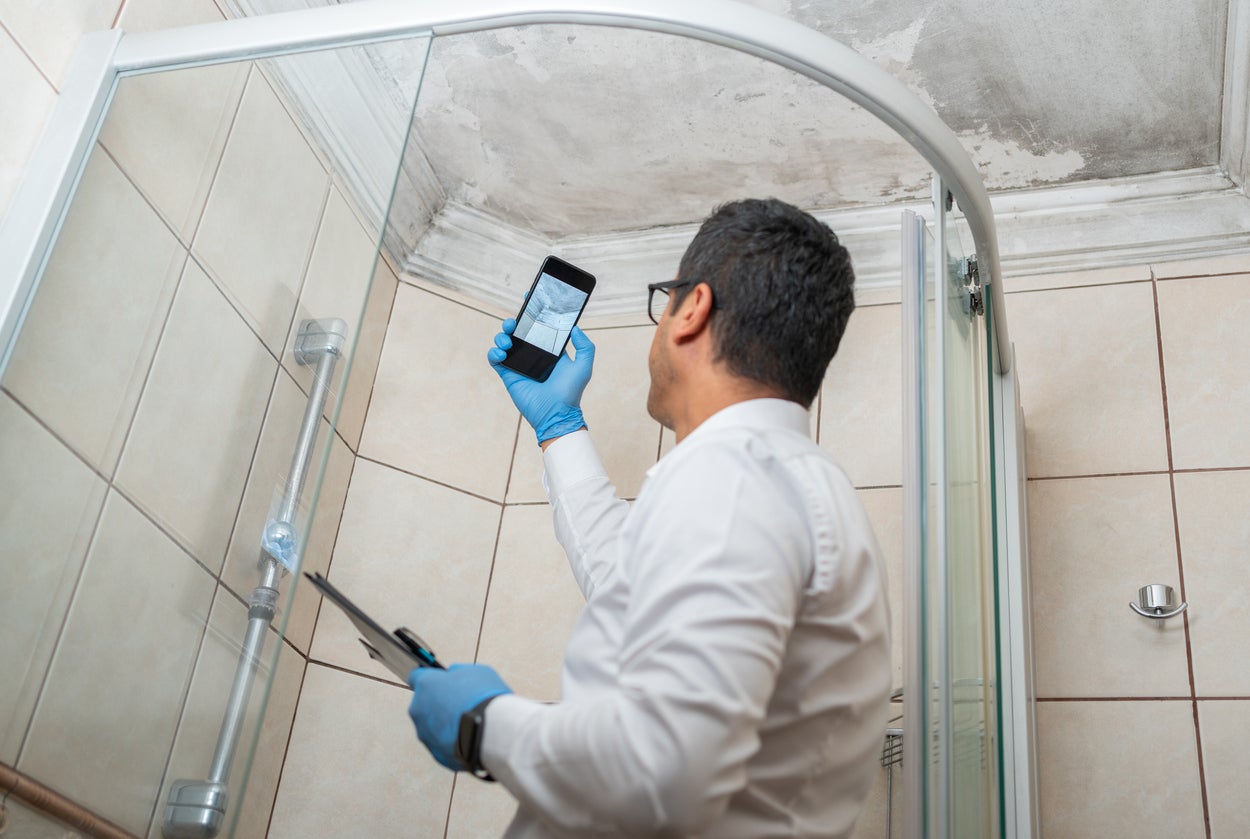Your Ultimate Guide to Blog Post Mold Remediation Strategies
In the consequences of mold and mildew invasion, recognizing exactly how to efficiently remove the mold and mildew and avoid its reoccurrence is vital for preserving a healthy and balanced interior setting. From choosing the appropriate cleaning and sanitizing methods to carrying out methods for long-lasting mold avoidance, each action in the removal journey plays a vital duty in making certain an effective result.
Understanding Post-Mold Remediation Process
After completing the mold and mildew removal procedure, it is vital to understand the post-mold removal methods that are needed to make sure a detailed and reliable clean-up. Once the mold has actually been removed, the following action includes cleaning and disinfecting the affected areas to stop any kind of regrowth of mold and mildew.
Additionally, performing a last inspection post-remediation is vital to guarantee that all mold has actually been efficiently removed. This assessment should entail a thorough visual check along with potentially air sampling to verify the lack of mold and mildew spores airborne. Added remediation may be required if the examination discloses any kind of remaining mold. Lastly, enlightening occupants on safety nets such as controlling wetness degrees and immediately attending to any type of water leaks can assist keep a mold-free atmosphere.
Reliable Cleaning and Decontaminating Approaches

Stopping Future Mold And Mildew Growth

Importance of Correct Air Flow
Correct ventilation plays a vital function in preventing dampness accumulation, a crucial factor in mold and site mildew growth within indoor atmospheres. Efficient air flow systems assist eliminate excess humidity from the air, decreasing the chances of mold spores discovering the wetness they require to spread and germinate. Without ample ventilation, interior areas can come to be a breeding place for mold and mildew, resulting in prospective health and wellness dangers and architectural damage.
By guaranteeing proper air flow, ventilation systems can likewise help in drying out damp locations much more rapidly after water damages or flooding incidents, better preventing mold and mildew development. testing air quality after mold remediation. In rooms like washrooms, attics, kitchen areas, and basements where moisture levels tend to be greater, setting up and keeping effective air flow systems is crucial in stopping mold and mildew infestations

Surveillance and Maintenance Tips
Offered the crucial duty that appropriate air flow plays in stopping mold and mildew development, it is important to establish efficient monitoring and maintenance ideas to make certain the ongoing functionality of ventilation systems. Regular inspections of air flow systems must be conducted to look for any type of indications of obstructions, leakages, or breakdowns that could restrain correct air flow. Tracking humidity levels within the property is additionally important, as high moisture can contribute to mold growth. Mounting a hygrometer can aid track humidity degrees and sharp homeowners to any spikes that may need focus. Furthermore, making certain that air filters are on a regular basis cleansed or replaced is important remove mold and mildew on concrete for preserving the efficiency of the ventilation system. Executing a routine for regular maintenance jobs, such as air duct cleansing and a/c system inspections, can help avoid Read Full Article issues before they escalate. By staying mindful and proactive to the condition of air flow systems, residential or commercial property proprietors can successfully reduce the risk of mold regrowth and keep a healthy and balanced indoor setting.
Conclusion
Finally, post-mold remediation methods are important for ensuring a clean and secure setting. Comprehending the process, carrying out reliable cleansing and disinfecting techniques, preventing future mold growth, preserving appropriate ventilation, and regular surveillance are all vital action in the removal procedure. By adhering to these standards, you can successfully remove mold and mildew and stop its return, working or advertising a healthy living area for all residents.
In the consequences of mold invasion, understanding exactly how to efficiently remove the mold and prevent its reoccurrence is critical for preserving a healthy and balanced indoor environment. Once the mold and mildew has actually been removed, the following action involves cleansing and sanitizing the impacted locations to stop any type of regrowth of mold and mildew - testing air quality after mold remediation. After eliminating noticeable mold growth, it is crucial to clean up all surface areas in the affected location to eliminate any staying mold spores. To additionally enhance mold and mildew avoidance actions, it is important to attend to underlying problems that originally led to mold development.Provided the essential role that correct air flow plays in avoiding mold and mildew development, it is critical to develop effective surveillance and maintenance ideas to make certain the continued functionality of air flow systems